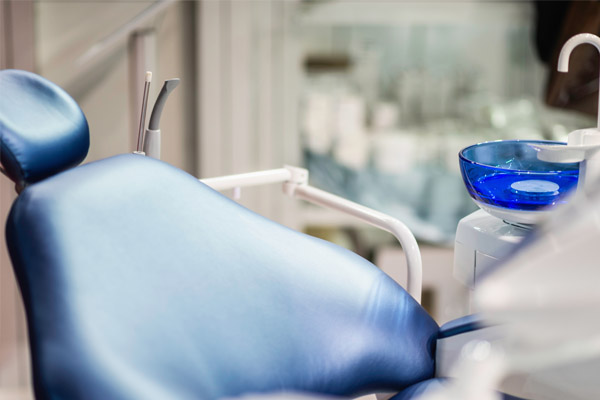 Dental fillings are one of the most common ways that cavities are treated by dentists. For cavities that are mild to moderate, dental fillings are the most appropriate route to take. Additionally, it is one of the most straightforward procedures to perform. With that, it is helpful to have an understanding of what goes on during the procedure. Keep reading to find out more.
Dental fillings are one of the most common ways that cavities are treated by dentists. For cavities that are mild to moderate, dental fillings are the most appropriate route to take. Additionally, it is one of the most straightforward procedures to perform. With that, it is helpful to have an understanding of what goes on during the procedure. Keep reading to find out more.
A guide to getting dental fillings
Below is an outline of what one can expect during a dental filling procedure. This information should be reviewed by individuals who may need to have teeth treated for cavities.
Preparation
Preparing a tooth for a dental filling is relatively simple. First, the patient is given an anesthetic to numb the tooth and surrounding areas. Then, the tooth is thoroughly cleaned, and a dental drill or laser is used to get rid of the decaying parts of the tooth. What is left is an empty cavitied tooth, with the roots and nerves exposed. Because of this exposure, a dental filling is required. Before the material can be placed, the dentist will gently clean out the cavity of the tooth as well.
Filling the tooth
The type of material that is used for the dental filling will vary based on the dentist's recommendation, the patient's preference, and what is ultimately most suitable for the tooth. Material options include gold, porcelain, silver amalgam, and in some cases, composite resin. Generally speaking, composite resin is used to fill teeth that may later fall out, such as in pediatric patients.
Sealing and completion
Once the desired material has been placed within the tooth, the dentist will seal it off using another special material and a light. This helps to cure the tooth and the material so that it is protected and ready to go.
Lastly, the dentist will check the tooth and the surrounding area to make sure there is nothing left behind that could cause irritation. The dentist may rinse the oral cavity to rid of any left behind remnants.
Aftercare
After dental fillings have been placed, it is highly recommended to avoid tough or chewy foods for a few days. This ensures that the filling material will not be pulled out, which would result in the need for it to be replaced.
It is also advised to avoid extremely sugary beverages or those that are hot or cold. Both options could cause discomfort and damage to the newly placed dental filling.
As far as hygiene goes, dentists recommend carefully brushing around the area where the dental filling was placed. The oral cavity can also be rinsed with salt water to keep any bacteria at bay.
Find out more about getting dental fillings
Those who have cavities may benefit from consulting with a dentist about getting dental fillings placed. The dentist can perform an evaluation to determine if fillings are the appropriate route or if more serious attention is required. Any unanswered questions or concerns can be addressed by reaching out today.
Request an appointment or call Dragonfly Dental of Port Charlotte at 941-676-9225 for an appointment in our Port Charlotte office.
Related Posts
Dental sealants are used in general dentistry to protect teeth from developing cavities. They form a defensive layer on top of molars and premolars to prevent food and germs at bay. Here is additional information on how the dental industry utilizes sealants to protect patients' teeth.Sealants are slender plastic coatings that dentists paint onto the…
A tooth fracture can occur from many causes, such as accidents, grinding teeth, eating hard foods, and aging. Fractured teeth do not heal themselves, so visiting your general dentistry professional in the event of a cracked, broken, or fractured tooth is always advisable.Cracks in your teeth can manifest in different ways. Some are painful and…
If you have cracked, chipped, worn, or otherwise damaged teeth, chances are they are not beyond hope. Several general dentistry procedures exist to improve the appearance of your smile and strengthen your teeth and improve their function. Your dentist can explore all the options available to you and how each can benefit your smile.In the…
